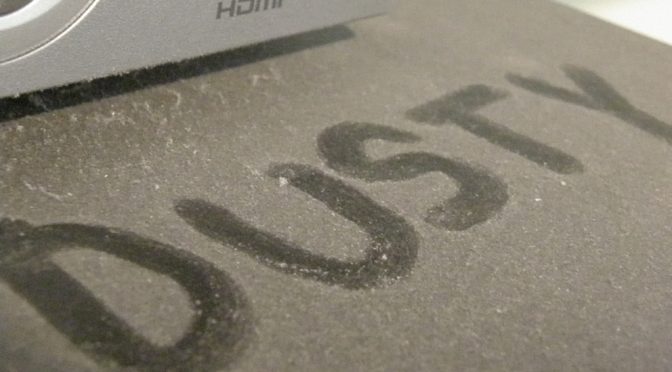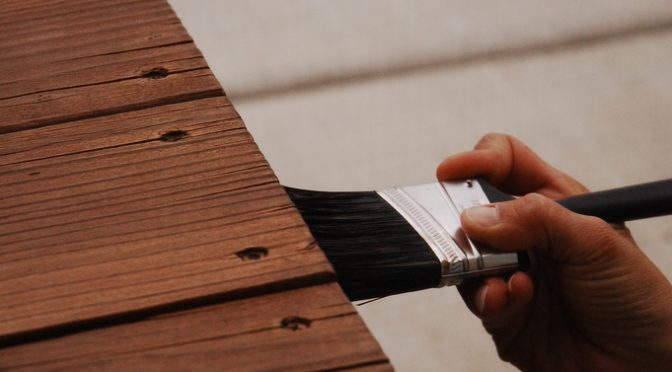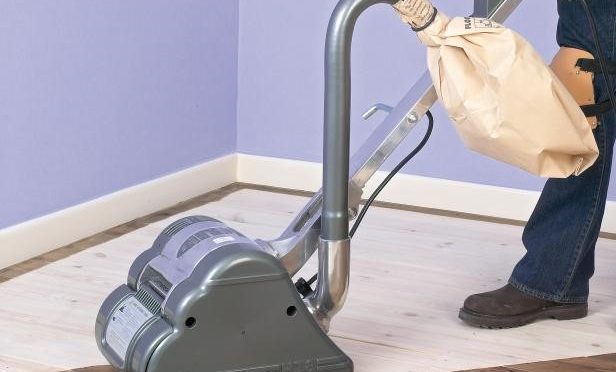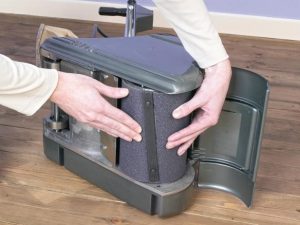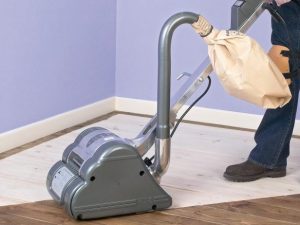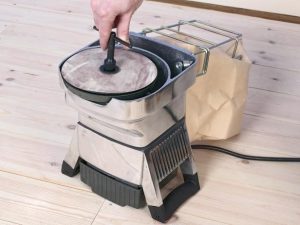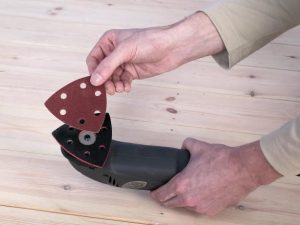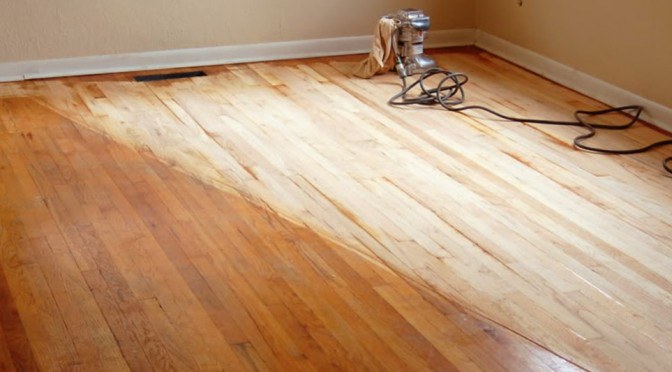Alongside with help from floor sanding, wooden floors add style and elegance to any property, varying significantly from contemporary to traditional. Their initial outlay may be more than another alternative of carpets, but their longevity and value for the money can always outweigh exactly that. Wooden flooring evidently boasts a sophisticated history with huge variations, allowing property owners to create a unique space through stain and surface options.
Solid wood floors exude warmth, and high-quality varieties are best equipped to offer durability with resistance against daily living in high-traffic areas of any home. Routine mopping is required to ensure wood floors are kept clean and fresh; dust mites, mildew, and mould are unable to breed. A hardwood floor is an ideal solution for households with small children or pets.
The Dust free floor is important for the following reasons:

